The 5 Best Note-Taking Methods for More Effective Notes
Are exams approaching, and are you worried about covering a vast syllabus in a short time? Don’t fret! Note-taking is a powerful method that structures topics, enabling you to learn and retain content more effectively, ultimately helping you score better. But which method is the most effective?
The five note-taking methods are the outline method, mind mapping method, charting method, sentence method, and the Cornell method. These techniques break large volumes of information into manageable chunks. If you’re pressed for time, digital applications can help you apply these methods efficiently. Keep reading to explore these note-taking techniques in detail!

The 5 Best Note-Taking Methods for Everyone
Note-taking improves learning and keeps you engaged, enhancing your understanding of new concepts. It also simplifies the revision process. While many note-taking methods exist, finding those that align with your subject can be challenging. We’ve identified some of the most beneficial note-taking techniques for you, including the outline, mind mapping, charting, sentence, and Cornell methods. Let’s explore each:
The Outline Method
The outline method of note-taking is a classical hierarchical structure. Main ideas are placed at the top, with details listed below, creating an organized flow of information. This method is ideal for subjects like science and history, as it simplifies complex topics into digestible points. Notes taken this way are structured and easy to study, helping clarify concepts and emphasizing key points. Online templates are also available, making it easier to create effective notes quickly.
The Mind Mapping Method
Mind mapping is an effective method where the central topic is written in the middle, with related concepts branching out. Each branch can have sub-branches with keywords that label ideas or concepts. Adding colors and symbols can make mind maps more attractive and easier to understand. This method is perfect for complex topics with interconnected ideas, allowing you to transform difficult subjects into free-flowing charts that are easy to memorize.
The Charting Method
The charting method is ideal for fact- and data-heavy information. Create a chart or diagram to represent relationships between different ideas. Keywords or short phrases summarize important information, making it easier to learn and recall for exams. Start by identifying topics to cover, then draw columns for features like descriptions and pros and cons, filling in important information.
The Sentence Method
If you’re short on time, the sentence method is the simplest and most effective. It’s suitable for conferences, meetings, and workshops where you need to cover extensive information. Each idea or concept is written as a complete sentence. Write the main topic at the top, followed by key points on new lines. This method efficiently records information in chronological order and can be adapted into other methods later.
The Cornell Method
The Cornell method is popular for breaking note-taking into small steps. It’s especially useful for complex content, aiding in active memory recall. This method involves making a column for notes on the right, cues on the left, and a summary section at the bottom. The summary helps quickly review all information before tests or exams.

Hand-Written vs Digital Note-Taking
Besides choosing a method, decide between handwritten and digital note-taking. It’s a matter of personal preference, but both have pros and cons. Studies show handwritten notes keep the brain active, facilitating learning without distractions.
However, digital note-taking offers quick and convenient options without needing a notebook. You can use mobile apps without distractions, but be wary of social media or games. Some useful apps include:
- Microsoft OneNote
- Notion
- Built-in Notes app on your phone
- Evernote
Conclusion
Note-taking is an essential skill, whether you’re a student, teacher, or lifelong learner. While there are numerous methods, the best include mind mapping, the Cornell method, the sentence method, the charting method, and the outline method. These techniques condense topics into structured formats, aiding retention and recall. Choose the method that suits your needs and subject, learn efficiently, and save time!
Related Articles

The 8 Best Note-Taking Apps for iPad: Stay Organized and Boost Productivity
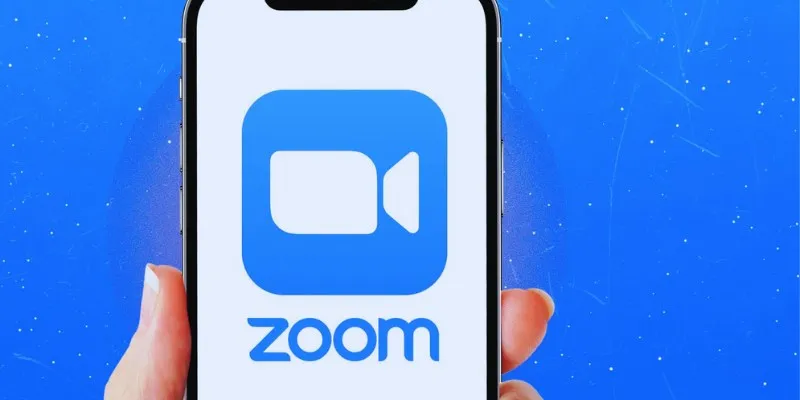
19 Zoom Tips and Tricks for Better Video Meetings: Master Virtual Communication
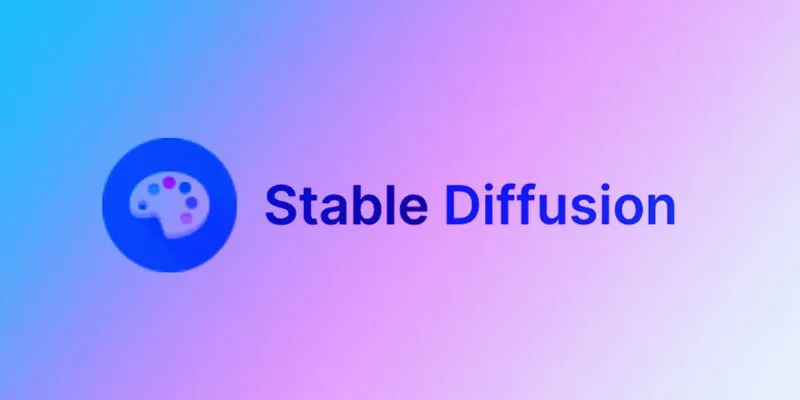
How to Use Stable Diffusion to Create AI-Generated Images: A Beginner’s Guide
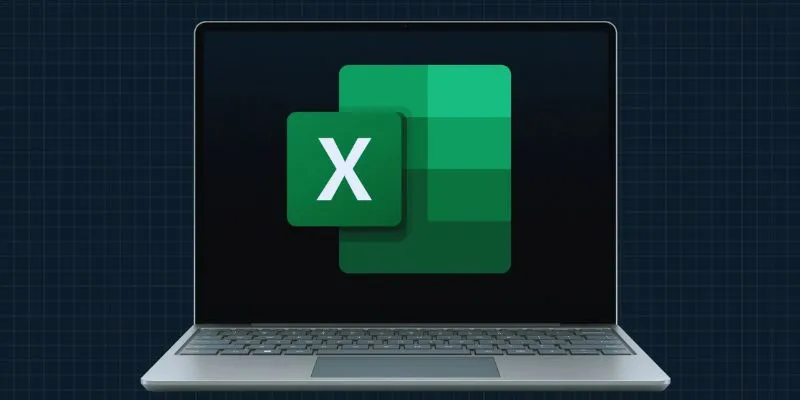
Unlock the Power of Automation: 6 Ways to Automate Microsoft Excel

Which Are The 5 Best Data Collection Tools to Streamline Your Research Process
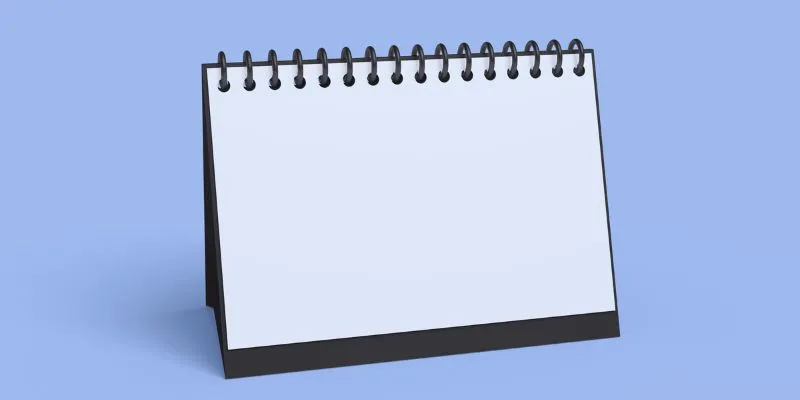
5 Ways to Automate Your Calendar and Never Miss an Appointment Again

Step-by-Step Guide to Making a Video Essay That Inspires

The Best Team Collaboration Tools in 2025: Revolutionize Your Workflow
Popular Articles

Top 7 Basecamp Alternatives for Your Project Management Needs in 2025

The 8 Best Email Apps for iPhone in 2025 to Keep You on Top of Things

Step-by-Step Guide: How to Delete a Board in Trello and Explore Alternatives

How to Stay Productive: Essential Tools for Remote Workers in 2025

The 8 Best HubSpot Alternatives in 2025 for Smarter Growth and Less Hassle

Step-by-Step Tutorial for Live Blogging in WordPress
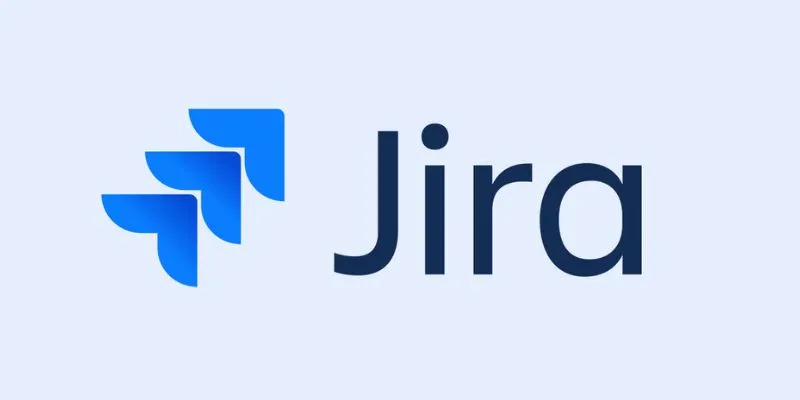
The 8 Best Agile Project Management Software Tools for Streamlined Workflow

Organize Your Drives with These Best Disk Partition Apps for Windows

Nero AI Image Upscaler Review 2025: The Future of Image Enhancement

Top Apps and Tools to Record Clash Royale Gameplay Like a Pro

Exploring Payment Options: The 5 Best Alternatives to PayPal for Businesses
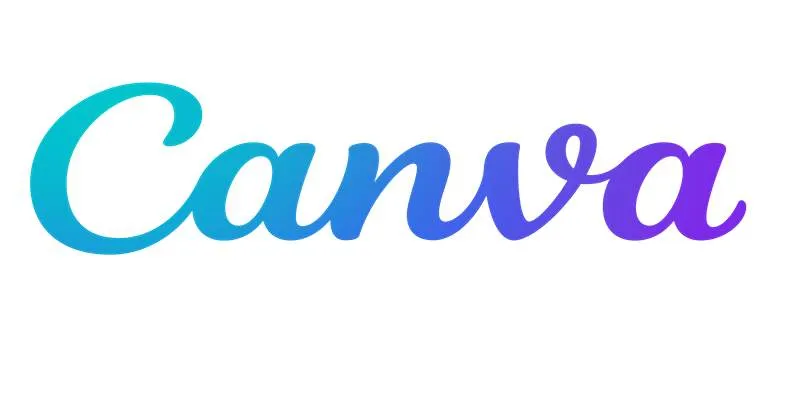
 mww2
mww2